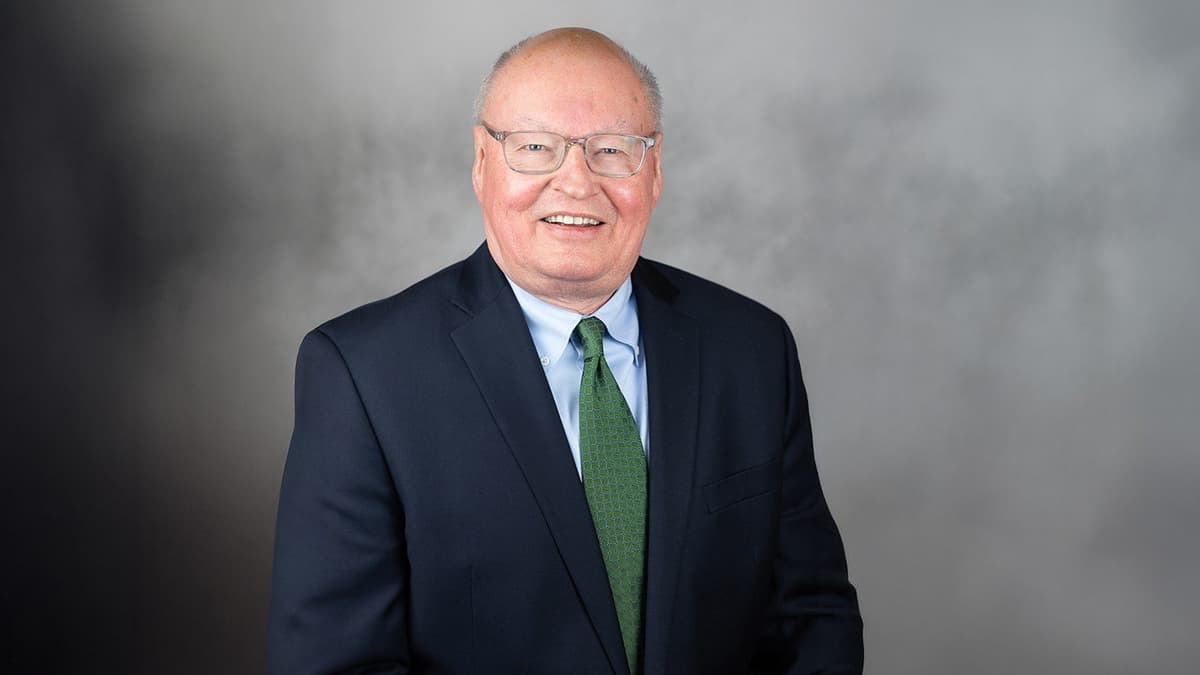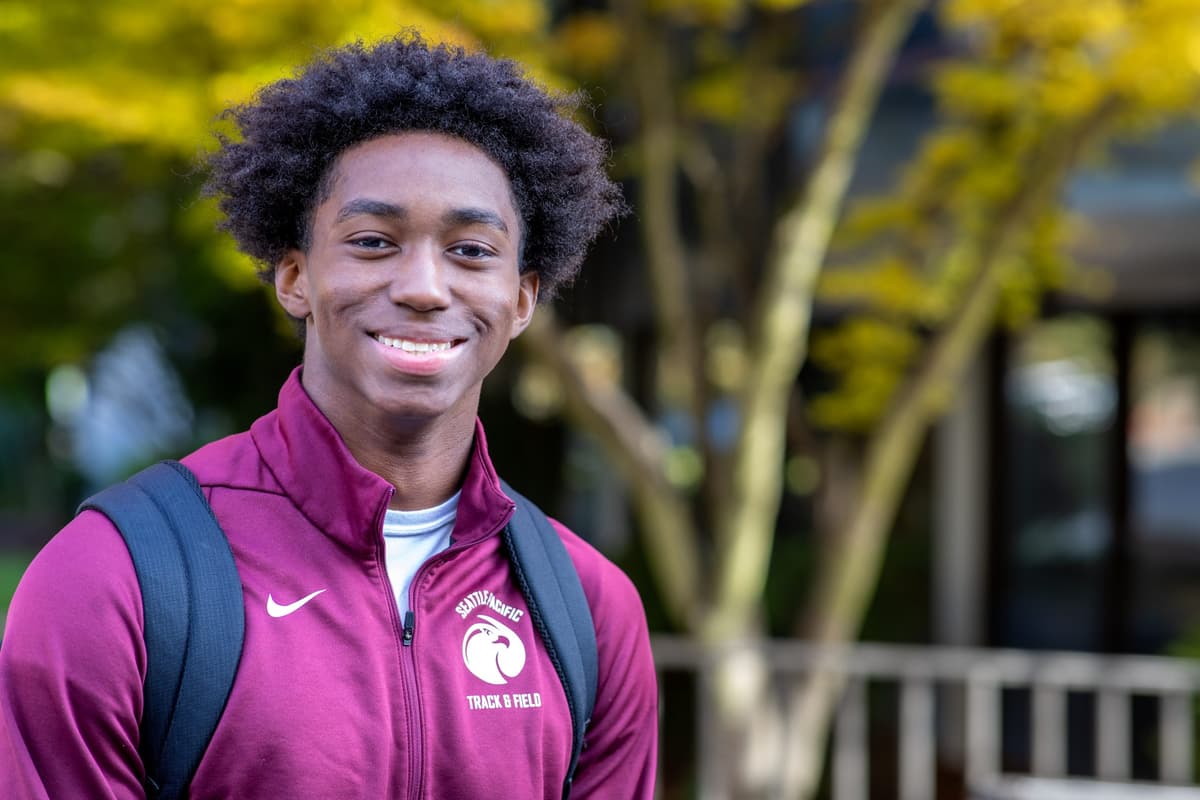When my husband and I moved from Southern California to Seattle recently, two things were immediately brought to our attention.
The first was visually stunning and discernible.
Lush plants and vibrant moss carpeting every outdoor surface signaled to us that Seattle had rightfully earned its nickname as the Emerald City.
As we walked along the beach in West Seattle’s Lincoln Park for the very first time, we became acutely aware of our smallness in contrast to the grandeur of the Puget Sound to our left and towering evergreens to our right.
This is the part of the Pacific Northwest that beckoned us: a physical landscape of transcendent beauty.
The second was obscure but staggering in its own way.
In the process of purchasing our new home, our realtor directed our attention to a singular, historical clause embedded in our housing deed packet: “Tracts or parcels of land in this plot shall be used or occupied only by persons of the white or Caucasian race.”
This single phrase, dated July 1, 1946, is part of a larger body of zoning ordinances that enforced neighborhood segregation in Seattle until 1968, when the Fair Housing Act was signed into law.
Racially restrictive covenants like the one attached to our home’s original deed are no longer legally enforceable. They continue to shape national housing and economic landscapes, though, and they still affect Seattle’s demographic topography.
This is the part of the Pacific Northwest that apprehended us: a physical landscape of transcendent brokenness.
Both of these Seattle artifacts provide signposts to the city’s local history and social structure. Both inform and give direction to my work at Seattle Pacific University, where I am responsible for leading institutional diversity efforts. The green spaces remind me of the visible elements of God-given diversity that hold the capacity to enliven our cam- pus; the built spaces remind me of inequities of human design that are more difficult to identify but deeply felt in institutional structures.
The juxtaposition between Seattle’s open, green, natural spaces and spatially segregated built spaces is reflective of the fracture between God’s perfect creation and the fallen nature of humankind.
Our colleges and universities are part of those built spaces. U.S. campuses have histories of social exclusion and segregation, despite their beauty and promise.
The work of diversity, if it is to lead to lasting change, must first address the historical legacies that constrain our capacity to see clearly across the chasms. Too often, we have allowed the formal covenants of our past to remain deeply buried where they cannot provoke meaningful change that might lead to reconciliation in our social interactions and physical spaces.
Part of the work of diversity is understanding that it is not enough to unearth our histories and patterns of social exclusion, as I did with the deed to my house. We must also ameliorate disparities that flow from those practices.
In the process, we must create new signposts that convey a sense of welcome and allow reciprocal hospitality to flourish in our communities. In an effort to reduce or reverse segregation, new neighborhood signposts might come in the form of meaningful investment in police–community collaborations and efforts to diversify the local workforce.
When we practice diversity and reconciliation in this way, we ensure that all individuals, regardless of their unique markers of social identity, can access our world’s beautiful spaces — the ones that are indoors as well as those that are outdoors.

Sandra Richards Mayo is SPU’s first vice president of diversity, equity, and inclusion. She studies historical perspectives on racial disparities.




